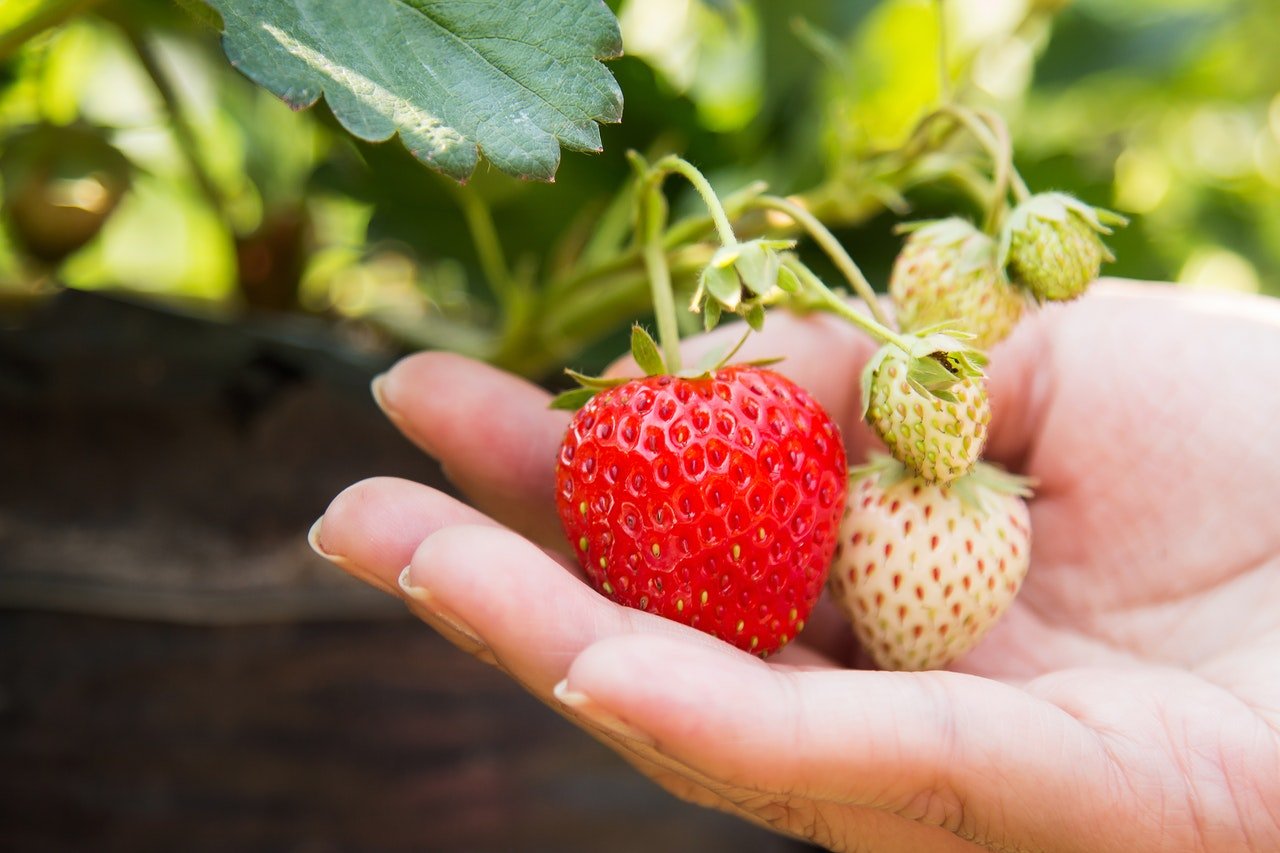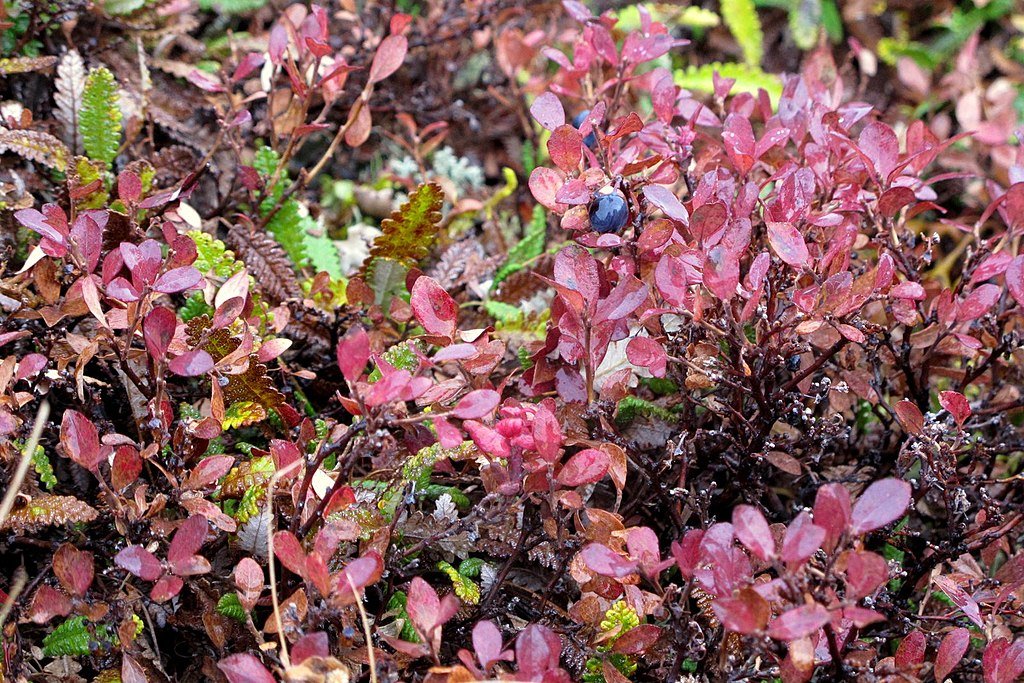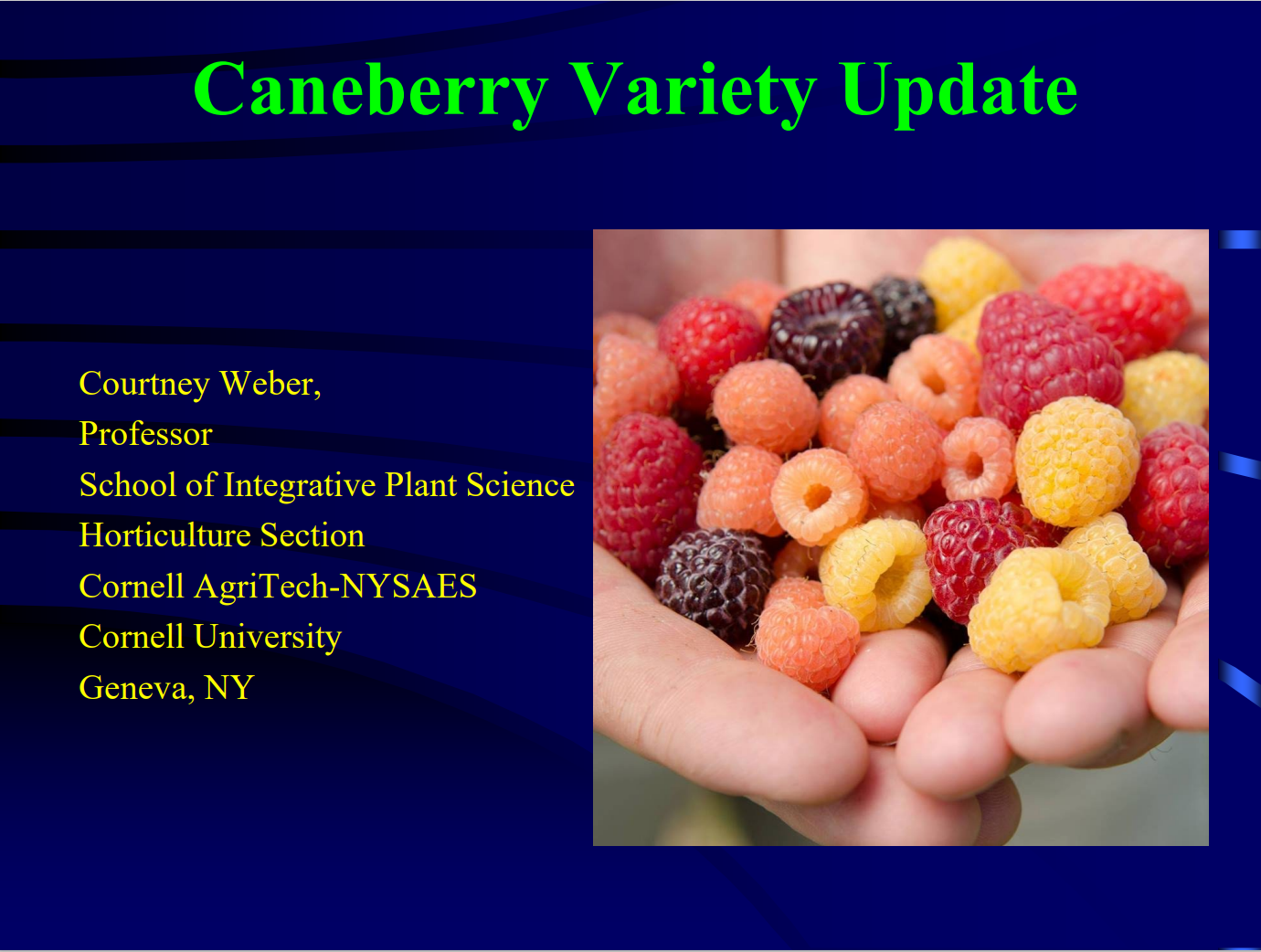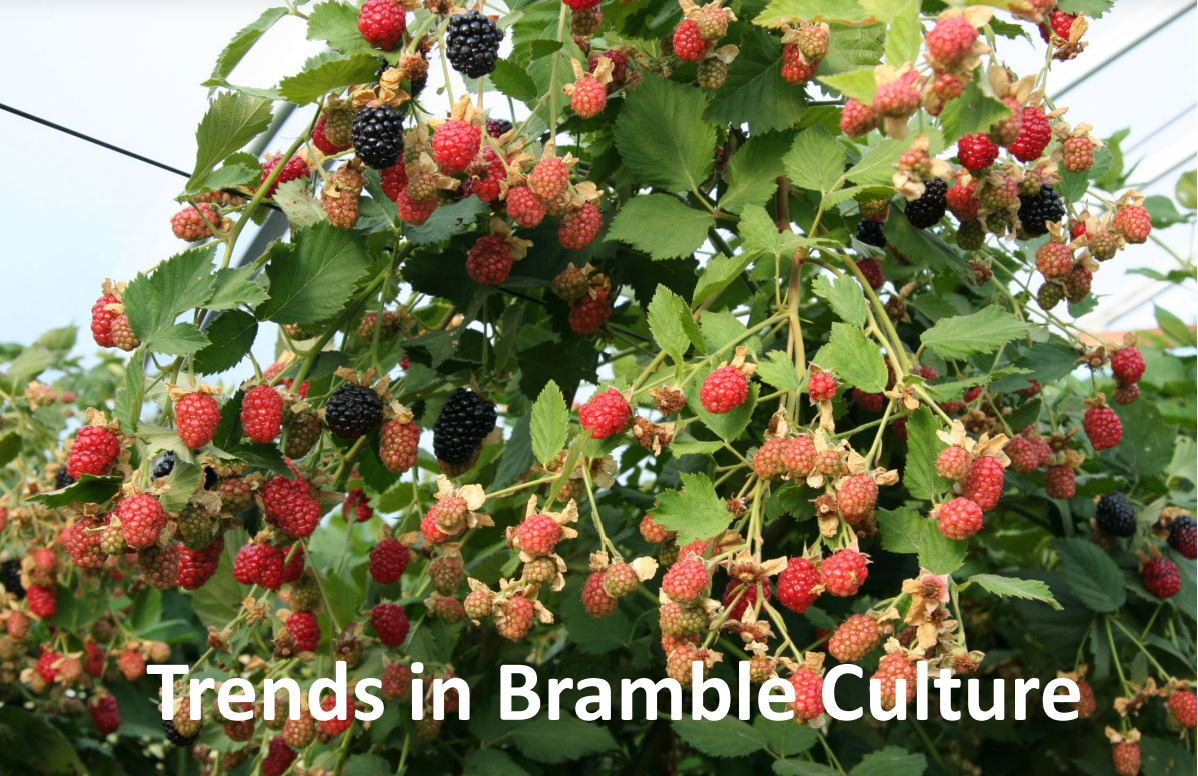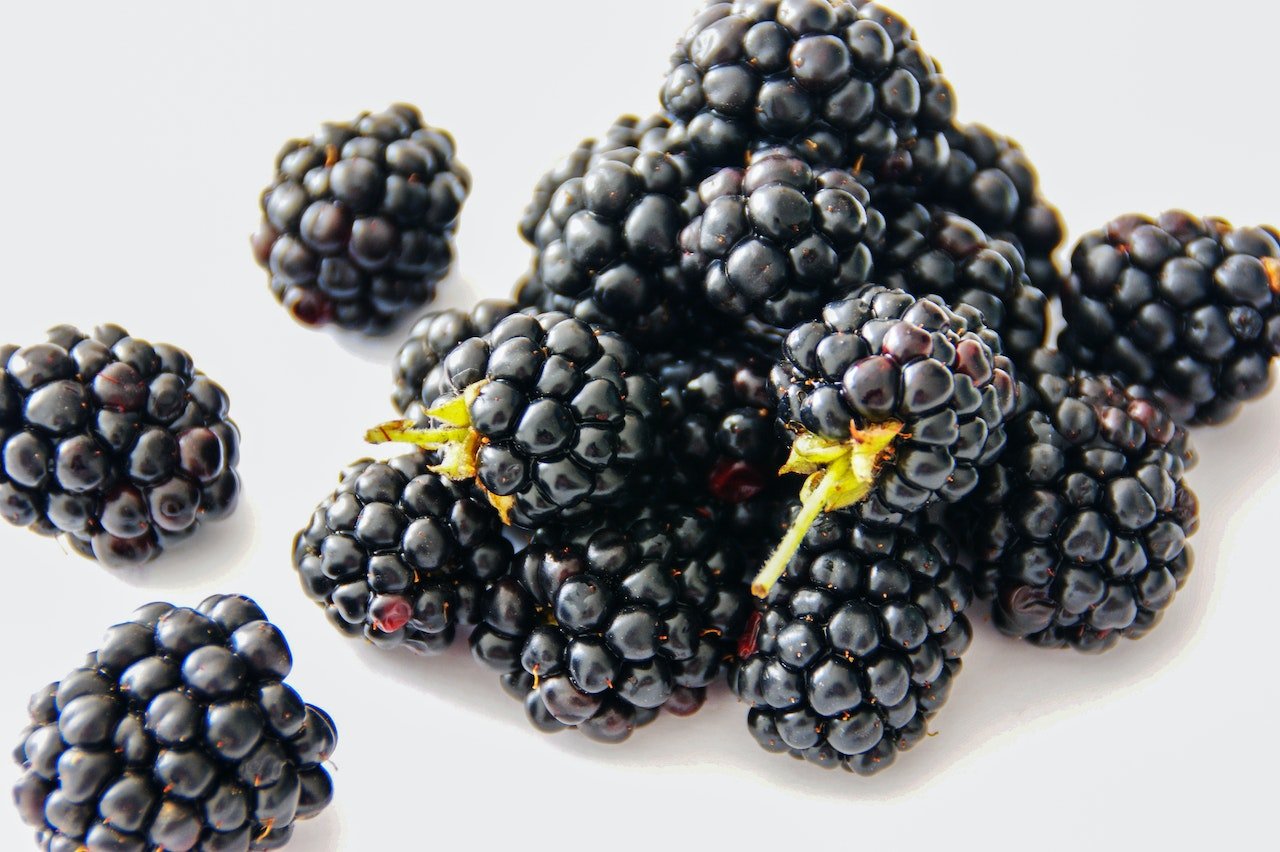Adapted from Cornell’s Berry Diagnostic Tool
If you’ve noticed unusual colors, mottling, or spots on your blueberry leaves, chances are the plant is suffering from one of these common issues or pathogens.
Pale green leaves
This may indicate a nitrogen deficiency, which is common in blueberries. The uniform light coloring may be accompanied by a reduction in shoot growth, number of new canes, and yield. Nitrogen-deficient leaves may develop early fall color and drop.
Yellow leaves
If the yellow is interveinal, and there isn’t browning, this indicates iron deficiency. It begins in young leaves, and caused by high soil pH (greater than 5.2), which results in the blueberry plant’s inability to use iron and subsequently produce chlorophyll.
Yellow leaves with browning
If the leaves show interveinal yellowing and browning, it may indicate cane death or dieback. If the canes are not dying, it may be related to herbicide injury, Botrytis stem and leaf blight, mummyberry shoot blight, potassium deficiency, overfertilization, or drought stress.
Splotchy yellow leaves, possibly accompanied by pink and pale green
This patchwork pattern is most often caused by ophiovirus. The leaves may appear crinkled, and the discoloration can vary from branch to branch.
Reddish-purple or maroon leaves
As a response to cooling temperatures, blueberry leaves turn maroon in the fall. But they may develop a reddish-purple color in the spring if the weather is cold. The discoloration usually disappears as the weather warms up. A darker purple hue is attributed to phosphorous deficiency, but this is rarely observed in the field, as blueberries have a low phosphorus requirement.
Red leaves
If the reddening is interveinal, suspect magnesium deficiency, which is common in acidic soils, or viral diseases like blueberry scorch and Sheep Pen Hill disease (SPHD). The latter are more common on the West Coast and in New Jersey, but are typically observed in the spring following blossom blight.
Red spots on the upper leaf surface
Red ringspot virus is the culprit when the leaves appear to have red spots on the upper surface and only on young shoots.
Purple-brown leaves and stems
Gleosporeum infection causes twig dieback and canker. The fungus can also cause necrotic lesions on leaves and succulent stems.
Purple-brown mottling, with crinkled leaves
Ringspot viruses, such as tomato ringspot and tobacco ringspot virus may cause crinkling, without obvious discoloration. Before suspecting a virus, confirm that other causes of leaf discoloration are not to blame. Viruses can only be definitively confirmed with a lab test.
Purple-brown at margins and unusually narrow
This “straplike” leaf shape, accompanied by purple-brown discoloration, usually means blueberry shoestring virus. Before suspecting a virus, confirm that other causes of leaf discoloration and deformation are not to blame. Viruses can only be definitively confirmed with a lab test.
Whitish leaves
More common on the undersides of leaves, powdery mildew can also form a whitish film on the tops. More commonly, it will cause red or brown spots on the upper surface.
For more information and photos of each of these blueberry plant ailments, visit Cornell’s Berry Diagnostic Tool.





